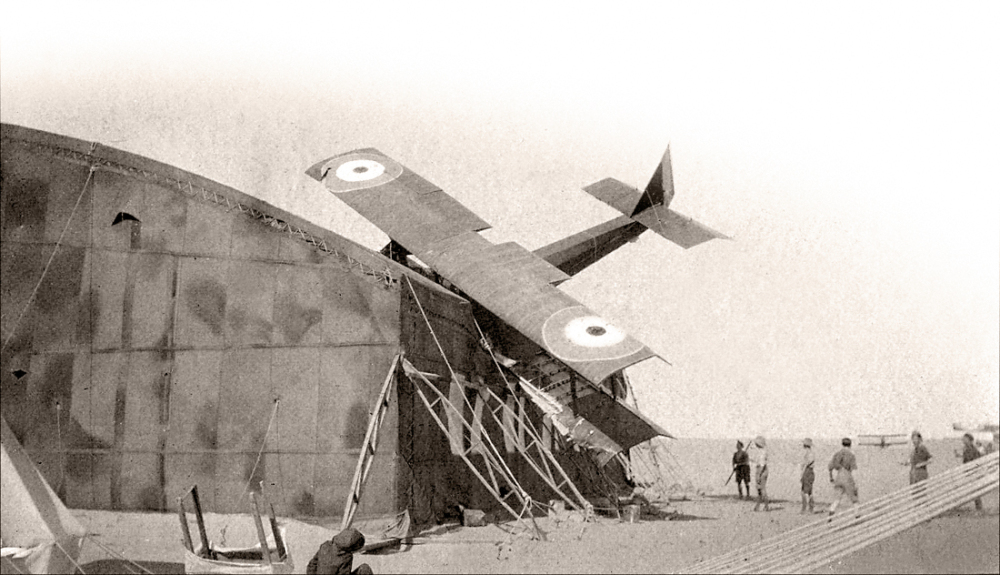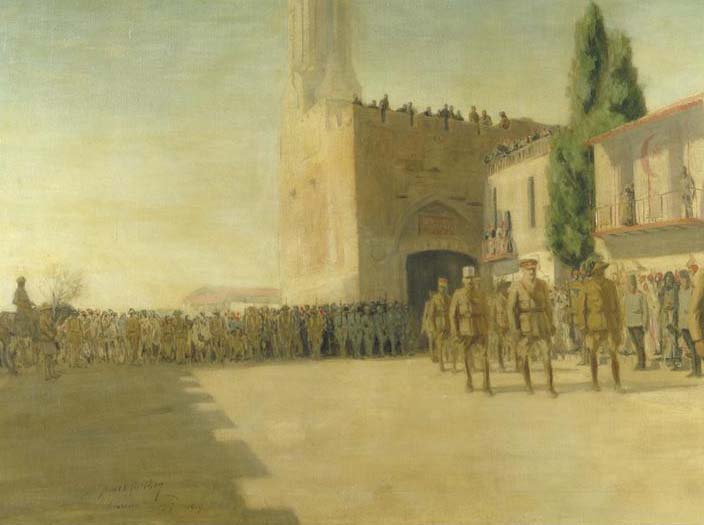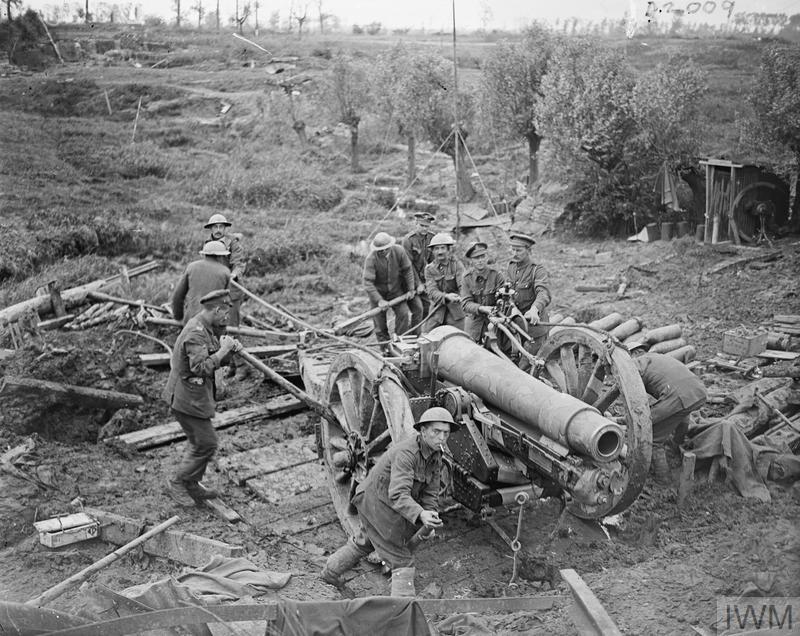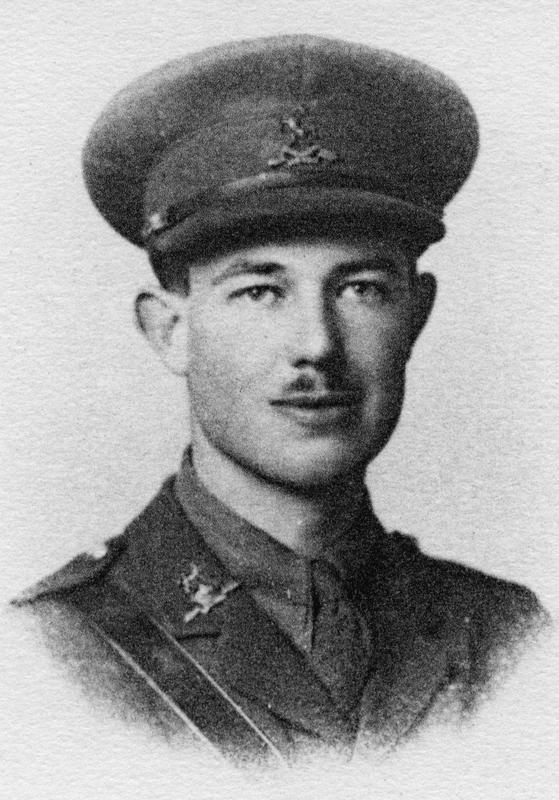Leslie Sidney Last
Leslie Sidney Last was the youngest son of Arthur William Last and Elizabethan Anne Balaam and was born in Sutton. He was a pupil in Ashburnham House from April 1909 until December 1911. He was athletic and played in his house’s winning Junior Football Team in 1909. The house ledger recorded that:
“(right back) is a very plucky and sturdy little player; he is a good kick with either foot and tackles admirably.”
He was the 5th member of that team to die in the war – following contemporaries R. Chalmers and J.W.H. McCulloch and G.J.M. Moxon and E.C. Graham.
On leaving the school he became a driver for the Honourable Artillery Company. He later served in Egypt during the war until 1916 when he was promoted to the rank of 2nd Lieutenant in the Royal Field Artillery. From there he went to Salonika before later becoming attached to the Royal Flying Corps in October 1917. Pilots were much in demand at this stage in the war and during 1917 experienced pilots were redeployed from the Sinai and Palestine Campaign to set up a new flying school and train pilots in Egypt. Last ‘obtained his wings’ – his license to fly in December 1917 and was then appointed as an instructor. He was killed accidentally while instructing a pupil near Cairo a less than two months later.





